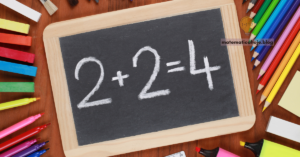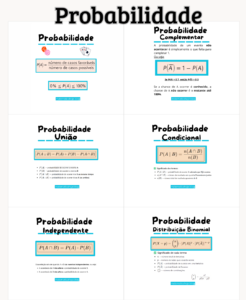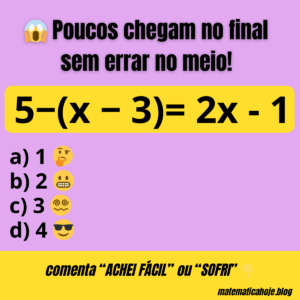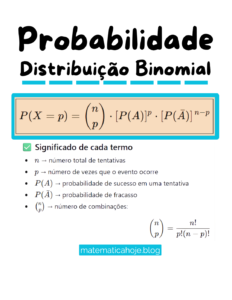Álgebra Linear
Os vetores são elementos fundamentais na matemática e na física, pois permitem representar grandezas que possuem não apenas um valor numérico (módulo), mas também direção e sentido. Em física, eles são usados para indicar forças, velocidades e deslocamentos, enquanto na matemática são aplicados em geometria analítica, álgebra linear e análise de sistemas lineares.
O que é um Vetor?
Em termos geométricos, um vetor é um segmento de reta orientado, caracterizado por um módulo (tamanho), uma direção e um sentido. Por exemplo, uma força aplicada em um objeto não é apenas a intensidade, mas também o ângulo e o sentido dessa força.
Matematicamente, representamos um vetor em um plano (2D) como uma matriz coluna:
Para três dimensões (3D), o vetor é dado por:
Módulo de um Vetor
O módulo (ou comprimento) de um vetor \(\vec{v} = \begin{bmatrix} x \\ y \end{bmatrix}\) é dado por:
Exemplo: Se \(\vec{v} = \begin{bmatrix} 4 \\ 3 \end{bmatrix}\), então:
Adição de Vetores
A soma de dois vetores consiste em somar suas respectivas componentes:
Multiplicação de Vetores por Escalar
Multiplicar um vetor por um número real \(k\) significa multiplicar cada componente desse vetor por \(k\):
Exemplo: Se \(\vec{v} = \begin{bmatrix} 2 \\ 5 \end{bmatrix}\) e \(k = 3\), temos:
O que é um Espaço Vetorial?
Um espaço vetorial é um conjunto de vetores que permite as operações de adição e multiplicação por escalar, obedecendo certas propriedades. Exemplos de espaços vetoriais incluem \(\mathbb{R}^2\) (plano) e \(\mathbb{R}^3\) (espaço tridimensional).
As principais propriedades de um espaço vetorial incluem:
- Associatividade: \((\vec{u} + \vec{v}) + \vec{w} = \vec{u} + (\vec{v} + \vec{w})\)
- Comutatividade: \(\vec{u} + \vec{v} = \vec{v} + \vec{u}\)
- Existência do vetor nulo: \(\vec{v} + \vec{0} = \vec{v}\)
- Existência do inverso: \(\vec{v} + (-\vec{v}) = \vec{0}\)
Aplicações dos Vetores
Os vetores são usados em diversas áreas:
- Física: para representar forças, velocidades e acelerações.
- Computação Gráfica: para criar transformações e animações em 2D e 3D.
- Engenharia: no cálculo de esforços em estruturas.
- Geometria Analítica: para descrever posições e direções em planos e espaços.
Exemplo Prático
Considere dois vetores \(\vec{u} = \begin{bmatrix} 1 \\ 2 \end{bmatrix}\) e \(\vec{v} = \begin{bmatrix} 3 \\ -1 \end{bmatrix}\). Calcule \(\vec{w} = 2 \cdot \vec{u} + \vec{v}\).
Exercícios Resolvidos – Vetores e Espaços Vetoriais
Exercício 1
Calcule o módulo do vetor \(\vec{v} = \begin{bmatrix} 3 \\ 4 \end{bmatrix}\).
Ver solução
Exercício 2
Determine o vetor soma \(\vec{u} + \vec{v}\), onde \(\vec{u} = \begin{bmatrix} 1 \\ 2 \end{bmatrix}\) e \(\vec{v} = \begin{bmatrix} 3 \\ -1 \end{bmatrix}\).
Ver solução
Exercício 3
Calcule \(2 \cdot \vec{u}\), onde \(\vec{u} = \begin{bmatrix} 5 \\ -3 \end{bmatrix}\).
Ver solução
Exercício 4
Verifique se \(\vec{u} = \begin{bmatrix} 1 \\ 2 \end{bmatrix}\) e \(\vec{v} = \begin{bmatrix} -2 \\ -4 \end{bmatrix}\) são vetores paralelos.
Ver solução
Dois vetores são paralelos se um é múltiplo do outro. \(\vec{v} = -2 \cdot \vec{u}\). Portanto, \(\vec{u}\) e \(\vec{v}\) são paralelos.
Exercício 5
Calcule o vetor \(\vec{w} = 3 \cdot \vec{u} – \vec{v}\), onde \(\vec{u} = \begin{bmatrix} 1 \\ -2 \end{bmatrix}\) e \(\vec{v} = \begin{bmatrix} 2 \\ 3 \end{bmatrix}\).
Ver solução
Exercício 6
Resolva o sistema \(\begin{cases} x + y = 5 \\ 2x – y = 1 \end{cases}\).
Ver solução
Exercício 7
Resolva \(\begin{cases} 3x + y = 7 \\ x – 2y = -1 \end{cases}\).
Ver solução
Exercício 8
Resolva o sistema \(\begin{cases} 2x + 3y = 6 \\ 4x – y = 5 \end{cases}\).
Ver solução
Exercício 9
Resolva pelo método de Cramer: \(\begin{cases} x + 2y = 5 \\ 3x – y = 4 \end{cases}\).
Ver solução
Exercício 10
Resolva usando Cramer: \(\begin{cases} 2x + y = 3 \\ x – y = 1 \end{cases}\).
Ver solução
📚 Livros Recomendados de Álgebra Linear
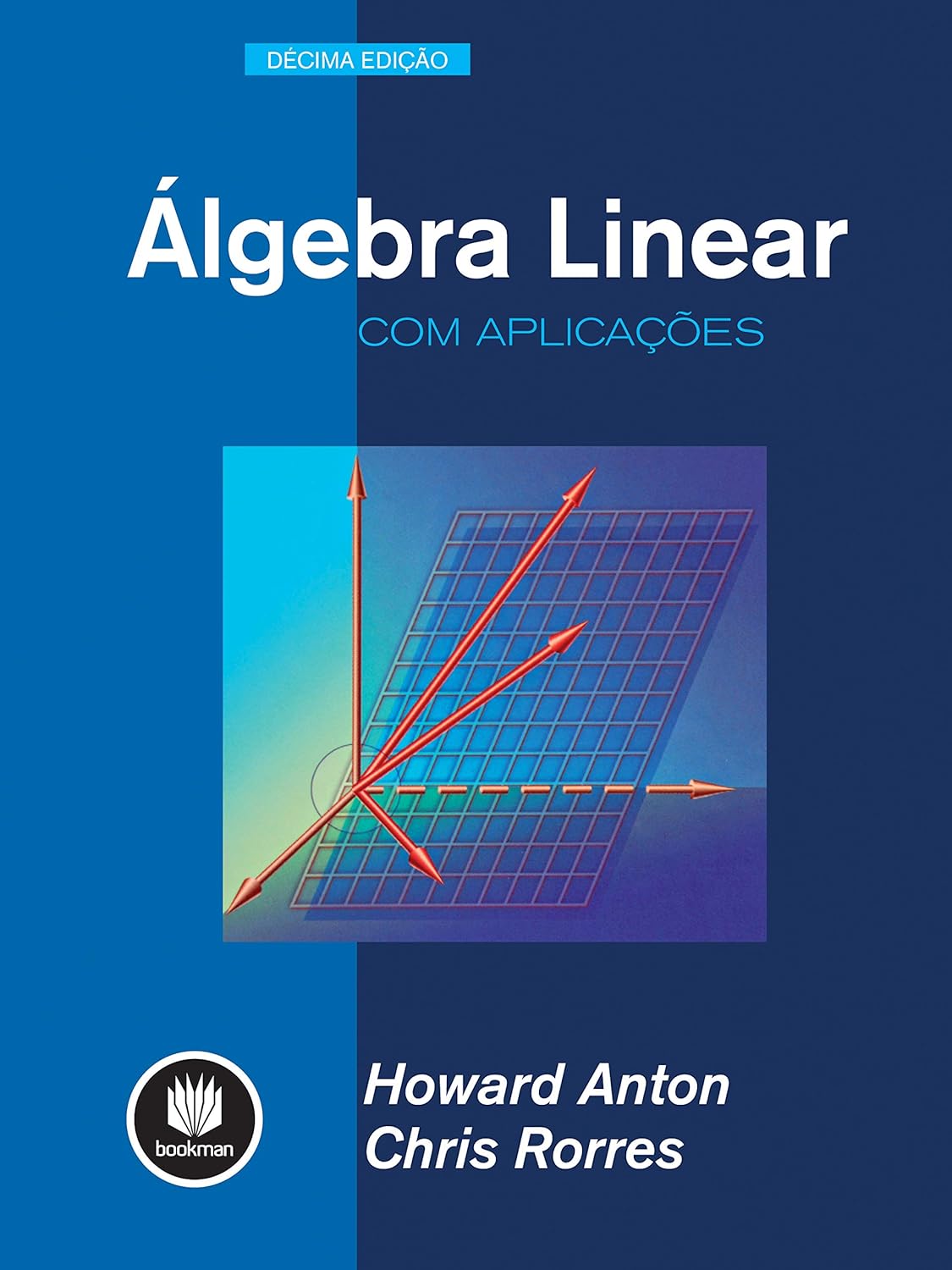
Álgebra Linear com Aplicações
Comprar na Amazon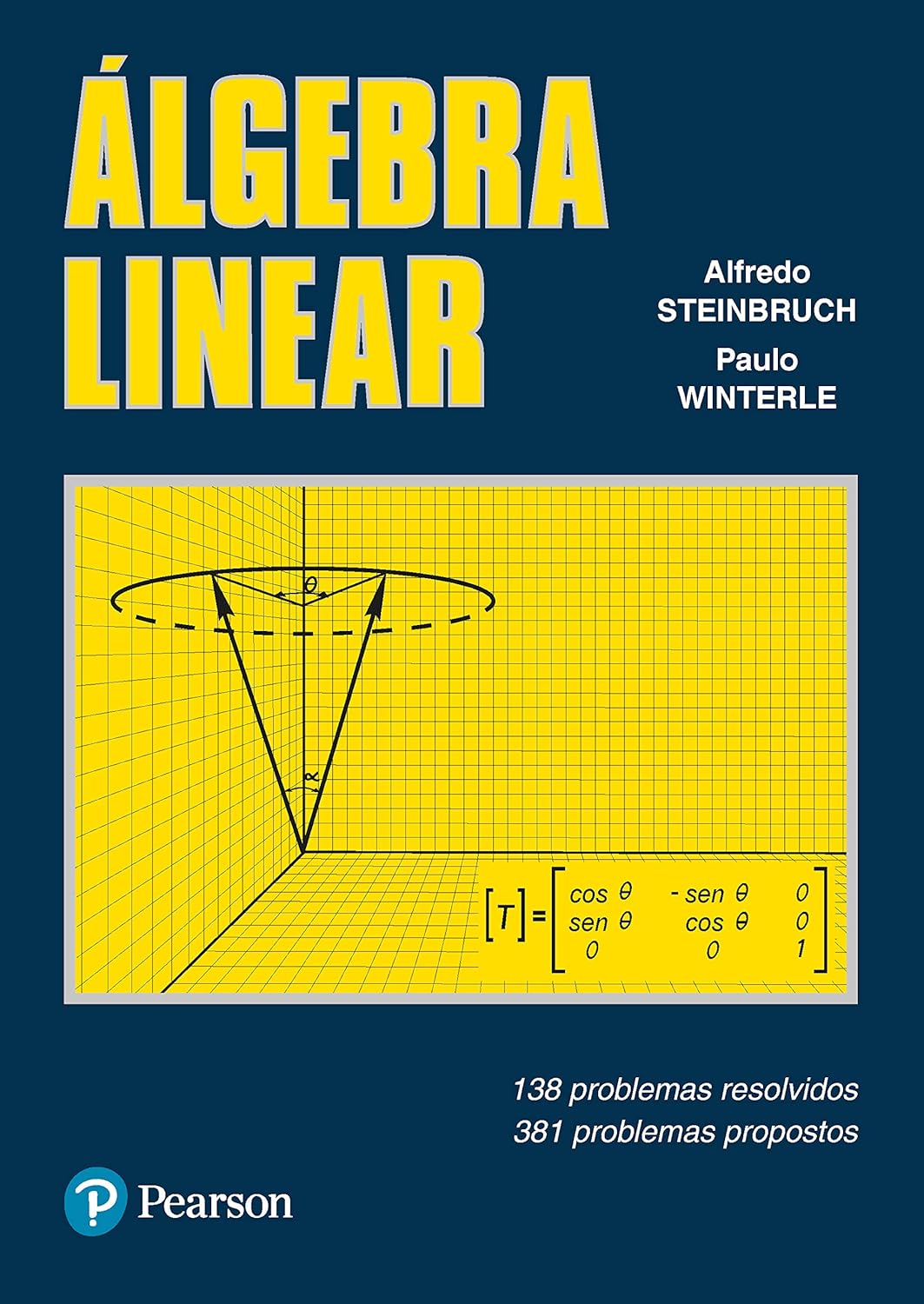
Álgebra Linear
Comprar na Amazon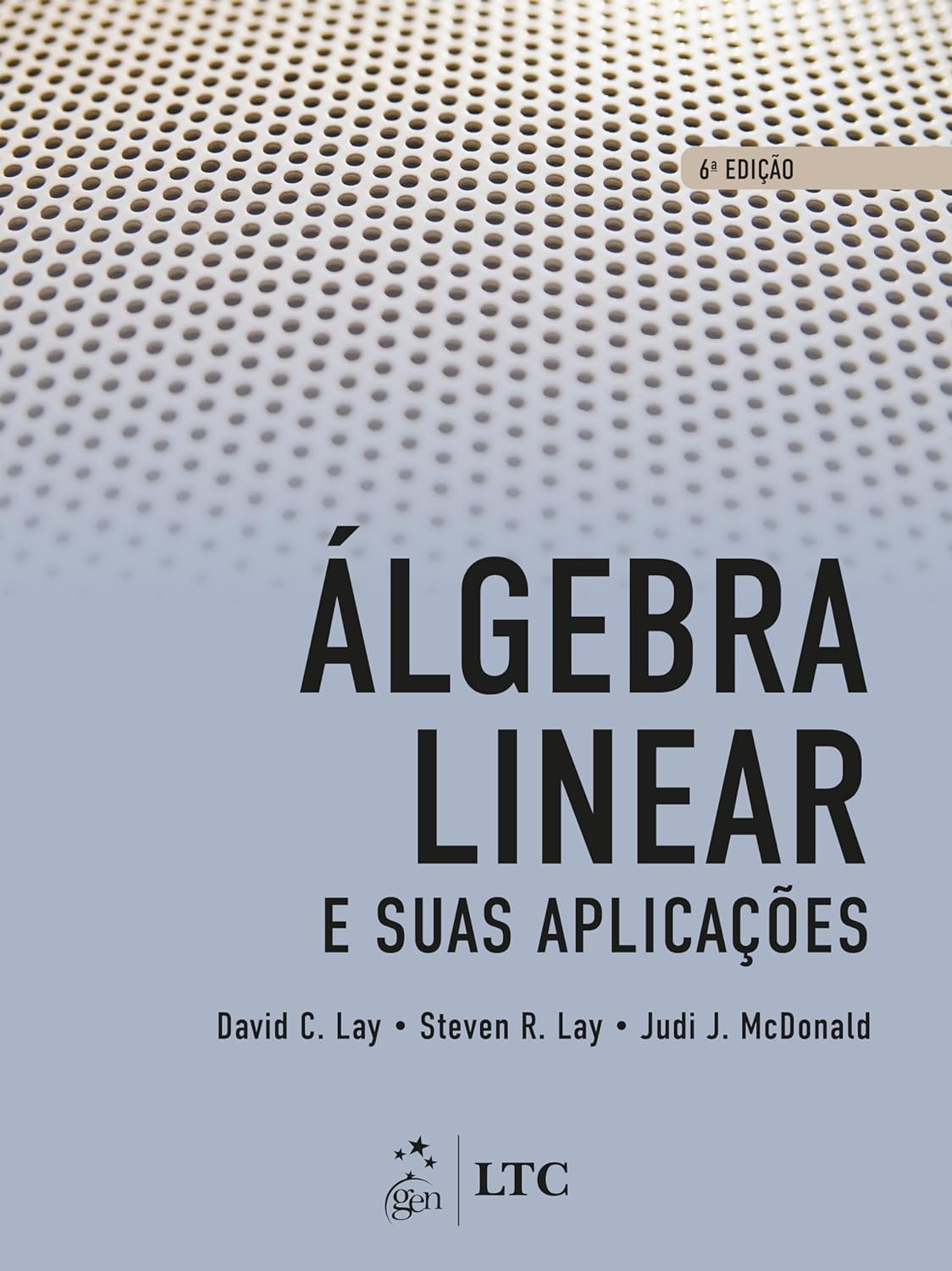
Álgebra Linear e Suas Aplicações
Comprar na Amazon📚 Curso Completo de Álgebra Linear
🔵 Artigo Completo
Acesse o artigo detalhado e descubra todos os tópicos essenciais de Álgebra Linear, com explicações claras, exemplos práticos e links para conteúdos complementares.
👉 Acessar o Artigo🔴 Playlist em Vídeo
Estude através de vídeos explicativos com passo a passo para dominar conceitos como matrizes, determinantes, vetores, transformações lineares e muito mais.
👉 Acessar Playlist

